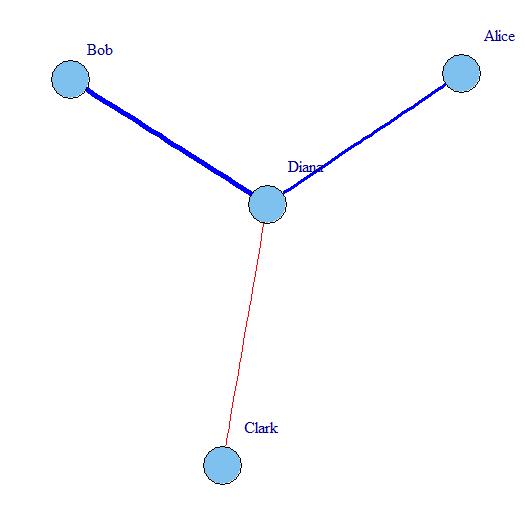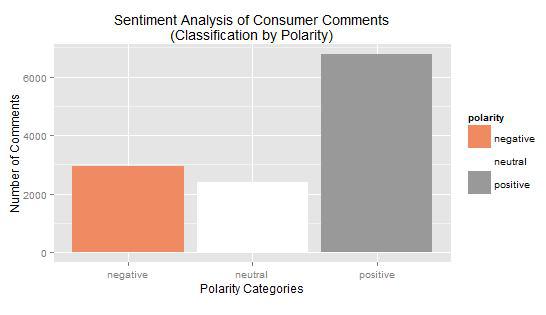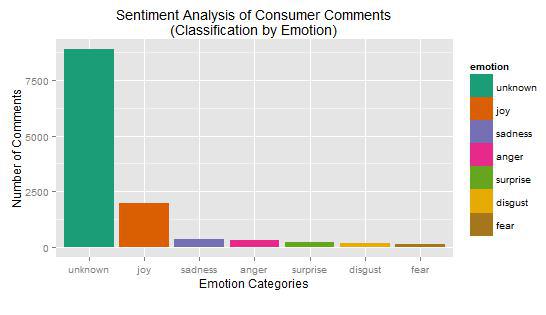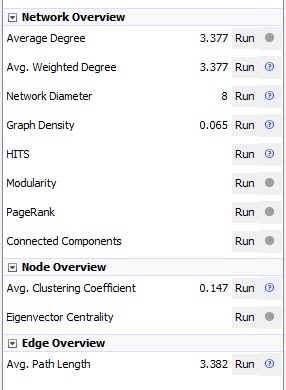3 new things I learnt in class
1) Researched briefly on distrust vs mistrust: Distrust and mistrust are roughly the same. Both mean (1) lack of trust or (2) to regard without trust. But distrust is often based on experience or reliable information, while mistrust is often a general sense of unease toward someone or something. For example, you might distrust the advice of someone who has given you bad tips in the past, and you might mistrust advice from a stranger.
2) The need to determine whether a metric or its inverse is an accurate measure of closeness centrality. For example, lower geographical distance will equals to higher closeness centrality but using the same method of calculation for higher number of phone calls will result in lower closeness centrality which is wrong. Thus, we should take the inverse of number of phone calls for this case.
3) Integrating unreachable nodes (previously deemed as infinity distance) into a computation for closeness centrality.
Top 3 international/local influencers I follow on social media
Discretion: I do not follow individual influencers online such as bloggers as I believe they are inherently biased to a large extent due to various factors (money, fame etc). Thus, most of the influencers which I follow are composed of a multitude of contributors which I believe weeds out most bias and provide content with a more balanced viewpoint.
1) 9GAG
9GAG is a social media website where users upload and share “user-generated” images and videos. The website’s content is generally referred to as “memes” or “internet jokes”, is upvoted, downvoted, and commented on by users based on its popularity at a given time.
Since the website was launched on April 23rd, 2008, it has grown in popularity, reaching more than 20 million Facebook “likes” and over 3 million Twitter followers in mid-September 2014. Additionally, its content and contributors come from all over the world which primarily targets people between the age of 16 to 35.
As most of 9gag’s contributors are not reimbursed with money, their posts are more credible and honest. Additionally, inaccurate or troll posts are usually exposed through the comments section or retaliated with another post, and this is a pretty effective form of crowd sourcing credibility (similar to wikipedia). In short, 9gag contributors act as mavens who just want to share their passion for a product/service/global issue with fellow 9gaggers without any hidden agenda. I follow 9gag as it provides me with an integrated website for trending global news, movie, tv, games and internet culture.
2) Eat Drink Man Woman (EDMW)
EDMW is a very popular forum for Singapore related news and its contributors are all Singaporean.
EDMW’s popularity among Singaporeans is so great that some of its content has made headline news on several occasions among Singapore newspapers (Strait Times, Xin Min Wan Bao). On several occasions, it is suspected that local news reporters have plagiarized topics and news from EDMW without doing their own fact-checking, which resulted in some pretty hilarious (and possibly troll news) on Singapore’s newspapers. Additionally, EDMW’s influence is so great as its content has incurred the ire of many prominent figures in Singapore due to some of its forum members’ profound abilities at digging up personal information and publishing it publicly on the forum.
Similar to 9gag, I follow EDMW as it provides an integrated portal for the latest uncensored Singapore-related news online.
3) InvestmentMoats
Investment Moats is set up by Kyith Ng and have been around since 2005. He aims to share his experiences making sense of money, how money works and ways to grow his money. It hopes that by sharing his experiences, both good and bad, season investors can advice and critique his decisions and new investors can learn from them and find their own style.
Most of the posts on Investment Moats are regarding in-depth analysis of investment products, financial planning and budgeting in a Singapore context. As such, the posts are highly useful to a poor student like me who wishes to achieve financial freedom ASAP. Although Kyith Ng may not be a very popular blogger due to the niche nature of his blog, there is no doubt that he is highly knowledgeable in this topic.
Week 4 Homework Exercise:
Q1) After a certain threshold (of distrust level), the receiver of info (person who’s being persuaded) shuts off and stops listening altogether. How can we model this phenomenon in our closeness calculation? Assume that the threshold is 6.
A1):
library(igraph)
actors <- data.frame(name=c(“Bob”, “Diana”, “Alice”, “Clark”),
age=c(60,20,22,50),
gender=c(“M”, “F”, “F”, “M”))
relations <- data.frame(from=c(“Bob”, “Diana”, “Diana”),
to=c(“Diana”, “Alice”, “Clark”),
distrust.level=c(2, 3, 7))
g <- graph.data.frame(relations, directed = F, vertices = actors)
E(g)$color <- ifelse(E(g)$distrust.level > 6, “red”, “blue”)
E(g)$width <- 1/E(g)$distrust.level*10
plot(g, vertex.size = 20, vertex.label.dist = 1.5)
g_closeness <- closeness(g, weights = E(g)$distrust.level)
Resulting Graph (blue = trust where thicker lines means higher trust, red = mistrust > 6):

Q2) Suppose that the perceived distrust level reduces by 20% when two people are of the same gender. How can we model this phenomenon in our closeness calculation?
A2):
actors <- data.frame(name=c(“Bob”, “Diana”, “Alice”, “Clark”),
age=c(60,20,22,50),
gender=c(“M”, “F”, “F”, “M”))
relations <- data.frame(from=c(“Bob”, “Diana”, “Diana”),
to=c(“Diana”, “Alice”, “Clark”),
distrust.level=c(2, 3, 7))
relations$gender.distrust.level <- ifelse(actors$gender[match(relations$from,actors$name)]==actors$gender[match(relations$to,actors$name)], relations$distrust.level*0.8, relations$distrust.level)
g <- graph.data.frame(relations, directed = F, vertices = actors)
g_closeness <- closeness(g, weights=E(g)$gender.distrust.level)
g_closeness
Bob Diana Alice Clark
0.06493506 0.08771930 0.06172840 0.03937008
Q3) Suppose that the perceived distrust level increases by 10% when there’s an age difference of 20 years or more between two people. How can we model this phenomenon in our closeness calculation?
A3):
actors <- data.frame(name=c(“Bob”, “Diana”, “Alice”, “Clark”),
age=c(60,20,22,50),
gender=c(“M”, “F”, “F”, “M”))
relations <- data.frame(from=c(“Bob”, “Diana”, “Diana”),
to=c(“Diana”, “Alice”, “Clark”),
distrust.level=c(2, 3, 7))
relations$age.distrust.level <- ifelse(abs(actors$age[match(relations$from,actors$name)] – actors$age[match(relations$to,actors$name)]) >= 20, relations$distrust.level*1.1, relations$distrust.level)
g <- graph.data.frame(relations, directed = F, vertices = actors)
g_closeness <- closeness(g, weights=E(g)$age.distrust.level)
g_closeness
Bob Diana Alice Clark
0.05780347 0.07751938 0.05291005 0.03533569





















